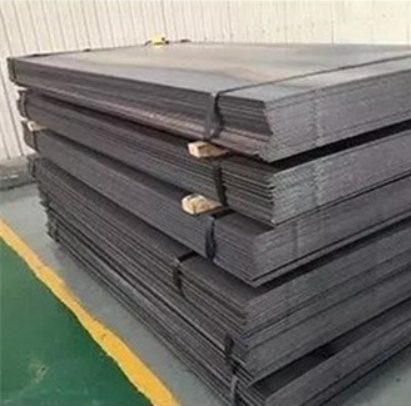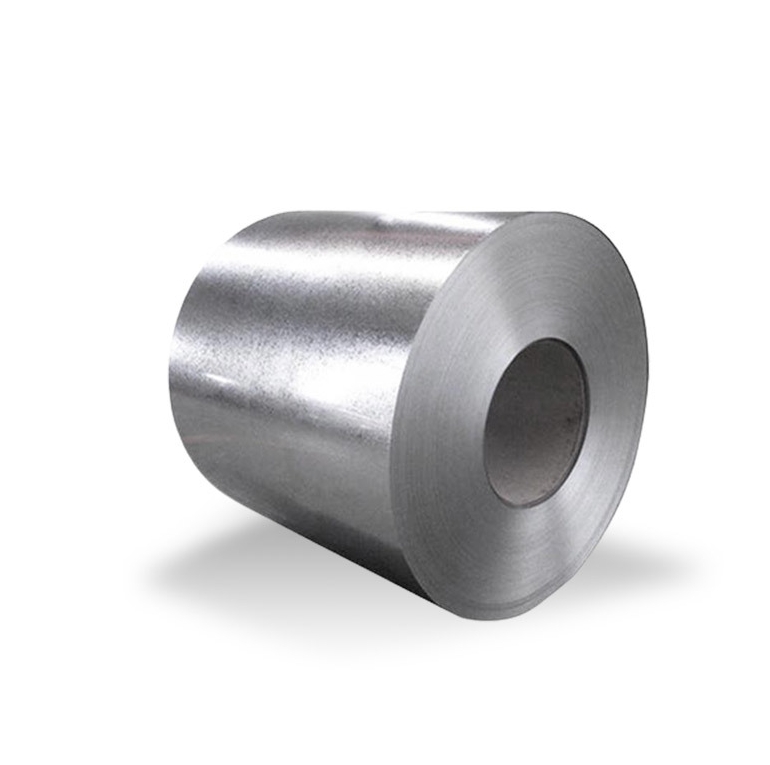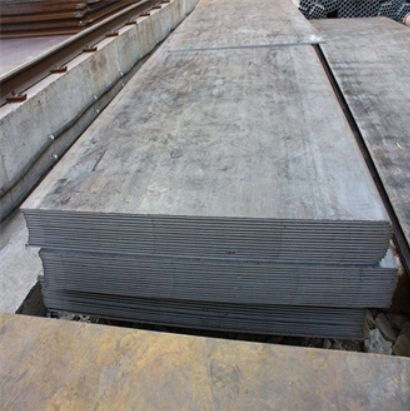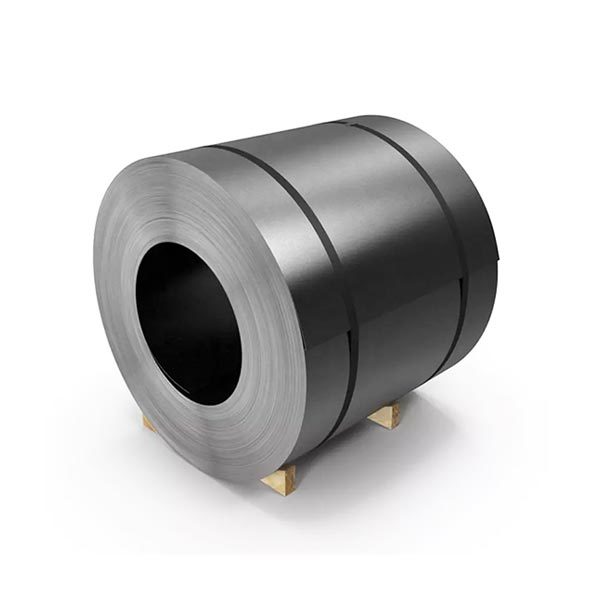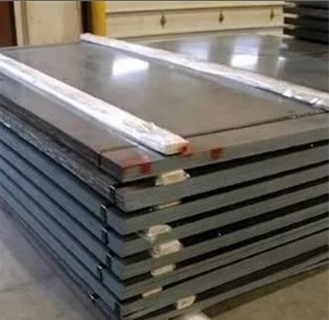Wholesale purchasing of ship steel plate is a critical process for shipbuilders, repair yards, and large-scale fabricators. Success hinges on understanding material specifications, sourcing strategies, and supplier capabilities.
Understanding Ship Steel Plate Specifications
Ship steel plates are specifically designed to withstand the harsh marine environment and structural stresses encountered during a vessel’s operational life. Key considerations include:
- Grades: Common grades include general strength (A, B, D, E) and higher-strength (AH32, DH32, EH32, FH32, AH36, DH36, EH36, FH36, and increasingly, AH40, DH40, EH40, FH40). The choice depends on the specific application within the ship’s structure and the anticipated stress levels.
- Classification Society Approval: Plates must be certified by a recognized classification society (e.g., ABS, LR, DNV, BV, CCS, NK, KR, RINA). This ensures compliance with international maritime standards for safety and structural integrity.
- Dimensions and Tolerances: Thickness, width, and length requirements, along with permissible deviations, must be clearly defined. Standard sizes are common, but custom dimensions may be required for specific projects.
- Additional Properties: Depending on the application, specific properties like Z-direction strength (Z15, Z25, Z35) to prevent lamellar tearing, or enhanced low-temperature toughness, may be necessary.
Sourcing Wholesale Ship Steel Plate
When sourcing ship steel plate in wholesale quantities, several factors are paramount:
Supplier Vetting: It is essential to partner with reliable suppliers who can guarantee consistent quality and timely delivery. This involves checking their certifications, production capacity, and track record. Companies that have a long history in steel production, like Shanxi Luokaiwei Steel Company, often have established quality control systems.
Mill Test Certificates (MTCs): Always demand MTCs for each batch of steel. These documents provide detailed chemical composition and mechanical property test results, verifying compliance with the ordered specifications and classification society requirements.
Logistics and Incoterms: Understand the shipping terms (Incoterms) and logistical arrangements. Factors such as port of loading, shipping routes, transit times, and insurance responsibilities must be clarified. Bulk shipments require careful coordination.
Pricing and Volume: Wholesale purchasing typically offers price advantages. Negotiate based on volume, contract duration, and market conditions. Some large stockists or mills, for example, Shanxi Luokaiwei Steel Company, might offer tiered pricing for substantial orders.
Inspection: Consider third-party inspection (TPI) services, especially for large or critical orders. TPI can verify quality at the source or upon arrival, providing an additional layer of assurance.
Key Considerations for Buyers
- Accurate Forecasting: Precise estimation of required quantities and grades helps optimize purchasing and minimize waste or shortages.
- Understanding Market Dynamics: Steel prices can be volatile. Staying informed about market trends can help in making timely purchasing decisions.
- Quality Assurance: Never compromise on quality for price. The integrity of the ship structure depends on the quality of the steel used. Working with established entities, such as Shanxi Luokaiwei Steel Company, can provide a degree of confidence in the material’s adherence to standards.
- Storage and Handling: Proper storage and handling procedures are necessary upon receipt to prevent corrosion or damage to the steel plates before they are used in fabrication.
Effective wholesale procurement of ship steel plate requires due diligence, clear specifications, and strong supplier relationships. Focusing on quality, reliable sourcing, and logistical efficiency will contribute significantly to successful shipbuilding projects.



